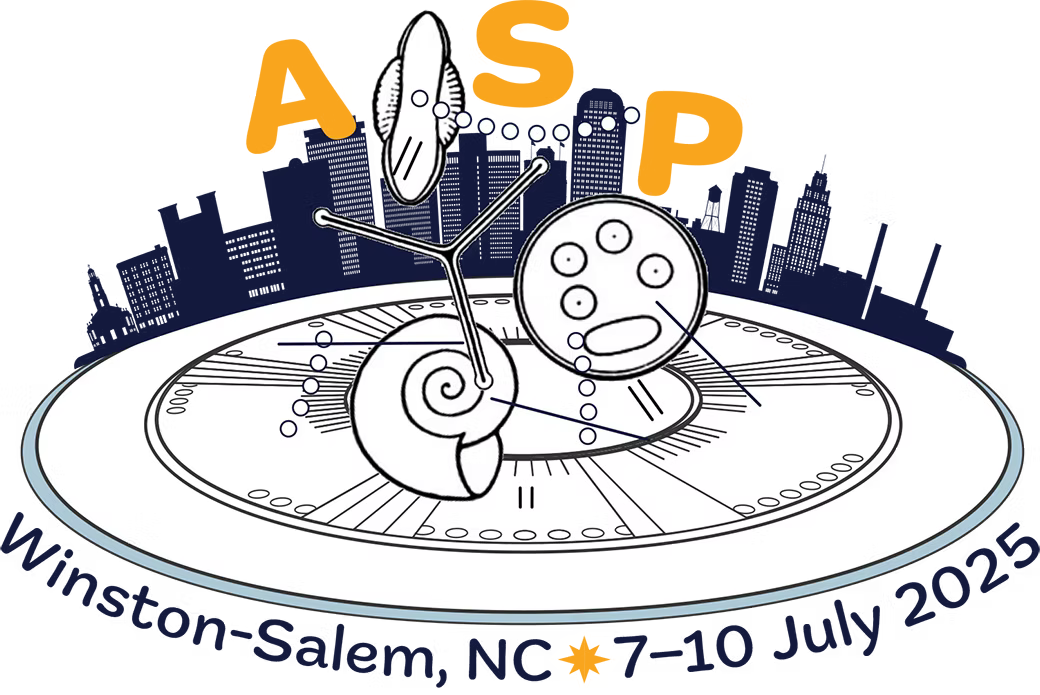AI Models Shed Light on Parasite Evolution at the 100th Annual ASP Meeting
AI Models Shed Light on Parasite Evolution at the 100th Annual ASP Meeting

It was a privilege to present at the 100th Annual Meeting of the American Society of Parasitologists in Winston-Salem, NC, where I shared our lab’s latest advances in integrating artificial intelligence with phylogenetic analysis.
Our talk, titled “AI-driven predictions of phylogenetic trees from zoogeographical data in dactylogyrids (Platyhelminthes: Monogenea),” introduced a novel strategy for using non-phylogenetic data—such as host distribution and climate variables—as external sources of support for phylogenetic inference.
Dactylogyrids are parasitic flatworms (Monogenea) known for their high host specificity. Their limited geographic range, tied closely to their host species, makes them ideal candidates for studying host-parasite coevolution. In collaboration with Aline A. Acosta (UNC Charlotte’s Klein College of Science, Department of Biological Sciences) and Anastasiia Duchenko (UNC Charlotte’s Dept. of Bioinformatics and Genomics), we developed a modified random forest model that learns to predict parasite clades using zoogeographical data. Our working hypothesis: the better a tree’s topology is predicted by ecological data, the more biologically meaningful it may be.
This presentation builds directly upon our recent publication in Cladistics (Alves et al., 2025, DOI: 10.1111/cla.12610), where we first demonstrated this approach using proteocephalidean tapeworms. There, our model achieved remarkable success—nearly 89% classification accuracy—suggesting that geography and host identity are deeply encoded in the evolutionary signal.
At ASP 2025, we expanded this methodology to other monogenean genera, including the several Neotropical endemics like Anacanthorus, Cosmetocleithrum, Demidospermus, and Urocleidoides. We also tested the model’s robustness under data perturbation, revealing consistent topological signals even under synthetic noise.
By reframing ecological traits as interdependent phylogenetic predictors, we’re opening new doors to how we assess the credibility of evolutionary hypotheses—especially in groups where molecular data may be sparse or noisy.
This work exemplifies how computational tools can enrich evolutionary biology, offering new layers of insight where traditional methods reach their limits. I’m grateful to our collaborators and to the ASP community for the engaging discussions and warm reception.
Previous post
Unlocking the Genomic Code of the World's Deadliest Frog
Next post
Bioinformatics Teaching in the age of GenAI
